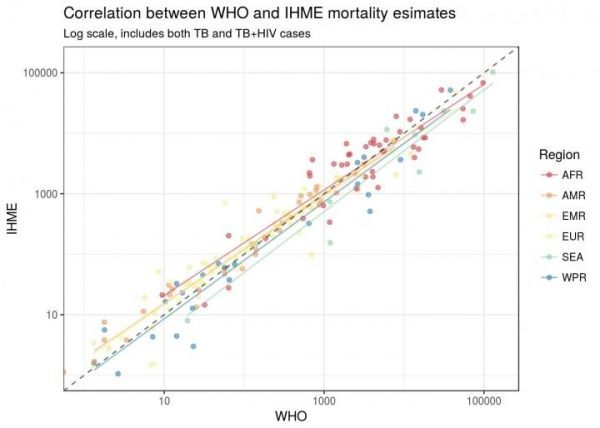The discrepancies between the estimates for global tuberculosis deaths by the World Health Organisation (WHO) and the Institute for Health Metrics and Evaluation (IHME) is due to different methodologies and data sources used by each institution. These differences are considerable in terms of absolute numbers for a dozen countries, according to a study led by ISGlobal – an institution supported by “la Caixa” Foundation. The results highlight the need to improve the modeling approaches in these countries in order to understand the true burden of the disease and design adequate health policies.
Mycobacterium tuberculosis has been- and remains- one of the main causes of death throughout the history of humankind. In 2016, it was the single infectious agent that caused the most deaths. However, many tuberculosis cases are not diagnosed and many of the deaths it causes are not properly assigned, which means that the global disease mortality must be estimated using mathematical and statistical models.
And here lies the problem. The WHO estimated that the disease caused 1.8 million deaths in 2015, while the IHME, that leads the Global Burden of Disease study, estimated 1.3 million deaths for the same year. This difference of almost half a million deaths could have considerable impact on the design and evaluation of health interventions.
Read more at Barcelona Institute for Global Health (ISGlobal)
Image: Global TB mortality: this is the correlation between estimates by the WHO and the IHME. (Credit: Garcia-Basteiro et al, 2018)


